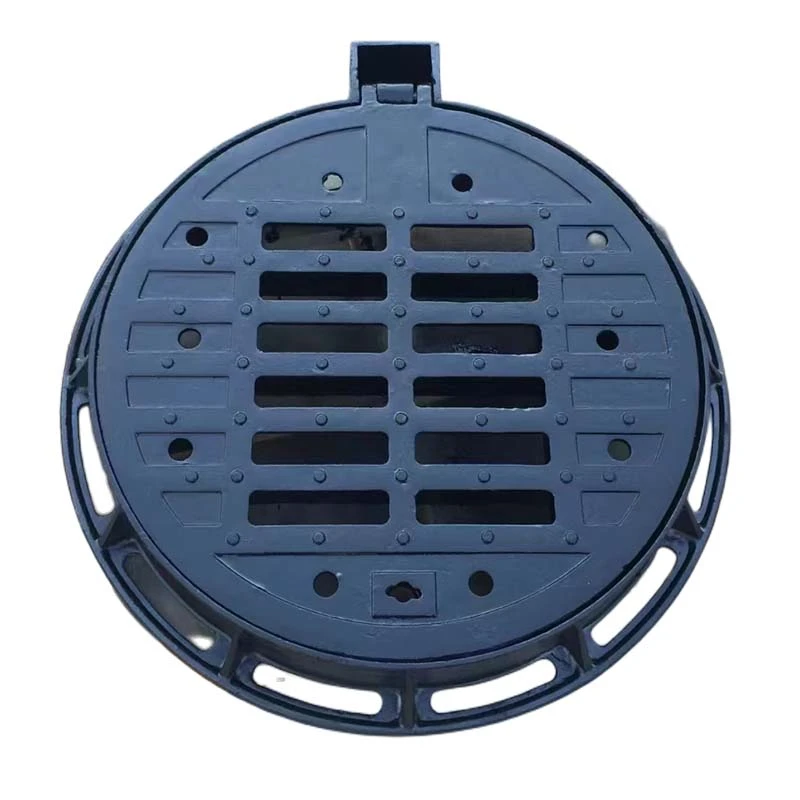DN100 PN16 High-Quality Butterfly Valve for Reliable Flow Control Solutions
Understanding DN100 PN16 Butterfly Valves
Butterfly valves are essential components in various industrial applications, particularly in systems that require effective regulation of flow. Among the numerous types of butterfly valves, the DN100 PN16 butterfly valve stands out. This article delves into the specifications, applications, advantages, and key considerations of the DN100 PN16 butterfly valve.
Specifications
The designation DN100 indicates that this butterfly valve has a nominal diameter of 100 millimeters (4 inches). This size is suitable for medium to large pipelines, enabling efficient flow control while minimizing pressure drop. The PN16 classification specifies a maximum pressure rating of 16 bar (approximately 232 psi) at a temperature of 20°C (68°F). Such pressure ratings make DN100 PN16 butterfly valves ideal for use in various systems, especially those operating under moderate pressure conditions.
Butterfly valves, including the DN100 PN16 variant, typically consist of a circular disc or vane that rotates on a shaft. This disc serves as the flow control member, allowing for quick and easy opening and closing. The sealing mechanism employed in these valves is crucial, as it prevents any potential leakage when the valve is in the closed position.
Applications
The DN100 PN16 butterfly valve finds application across multiple industries, thanks to its robust design and efficiency. Some common applications include
1. Water Supply Systems Used in municipal water supply networks for regulating the flow of water and isolating sections of the pipeline during maintenance. 2. Wastewater Treatment Useful in controlling the flow of sewage and treatment chemicals in wastewater treatment facilities.
3. Chemical Processing Employed in various chemical applications to manage the flow of corrosive and abrasive fluids.
4. HVAC Systems Integral in heating, ventilation, and air conditioning systems for controlling air and fluid flow.
5. Fire Protection Systems Essential for managing water supply in fire suppression systems, ensuring rapid response during emergencies.
Advantages
dn100 pn16 butterfly valve

The DN100 PN16 butterfly valve offers several advantages
- Compact Design Compared to other valve types, butterfly valves are compact and lightweight, making them easier to install and maintain in constrained spaces. - Quick Operation Butterfly valves can be fully opened or closed with just a 90-degree turn of the handle, allowing for quick response to flow control needs.
- Cost-Effective Due to their simple design and low manufacturing costs, butterfly valves are often more economical than other valve types.
- Versatility The DN100 PN16 butterfly valve can handle a wide variety of fluids, including water, slurries, and gases, making it a versatile choice for different applications.
Key Considerations
While the DN100 PN16 butterfly valve has many advantages, certain factors should be evaluated before selection and installation
1. Material Selection Depending on the specifics of the application, selecting the appropriate material for the valve body, disc, and seals is critical. Common materials include cast iron, stainless steel, and plastic.
2. Operating Environment Assessing the temperature, pressure, and type of fluid is crucial to ensure the valve performs effectively without premature failure.
3. Seal Type The type of seal used in the valve can influence its performance and durability. Options include soft seals for lower-pressure applications and metal seals for higher-pressure environments.
4. Maintenance Needs Regular maintenance is essential to ensure the longevity and reliability of the valve. This includes checking for leaks, verifying the proper sealing function, and inspecting the operation of the actuator.
Conclusion
The DN100 PN16 butterfly valve is an optimal choice for industries requiring reliable and efficient flow control. Its compact design and quick operation make it a preferred solution in various applications, from water supply to chemical processing. However, careful consideration of material selection, operating conditions, and maintenance requirements is crucial for ensuring the valve’s efficacy and extending its lifespan. By understanding these aspects, industries can leverage the full potential of DN100 PN16 butterfly valves in their operations.
-
The Smarter Choice for Pedestrian AreasNewsJun.30,2025
-
The Gold Standard in Round Drain CoversNewsJun.30,2025
-
The Gold Standard in Manhole Cover SystemsNewsJun.30,2025
-
Superior Drainage Solutions with Premium Gully GratesNewsJun.30,2025
-
Superior Drainage Solutions for Global InfrastructureNewsJun.30,2025
-
Square Manhole Solutions for Modern InfrastructureNewsJun.30,2025
-
Premium Manhole Covers for Modern InfrastructureNewsJun.30,2025
